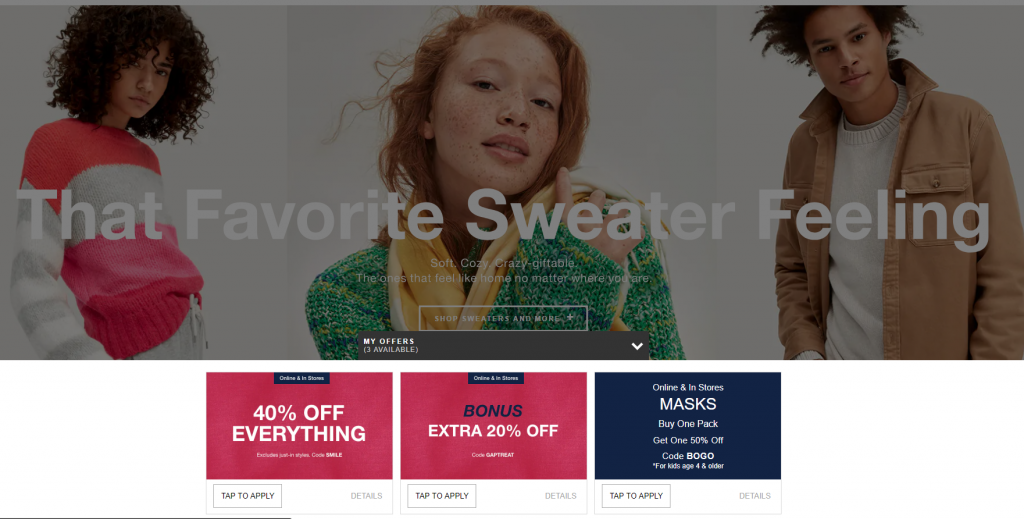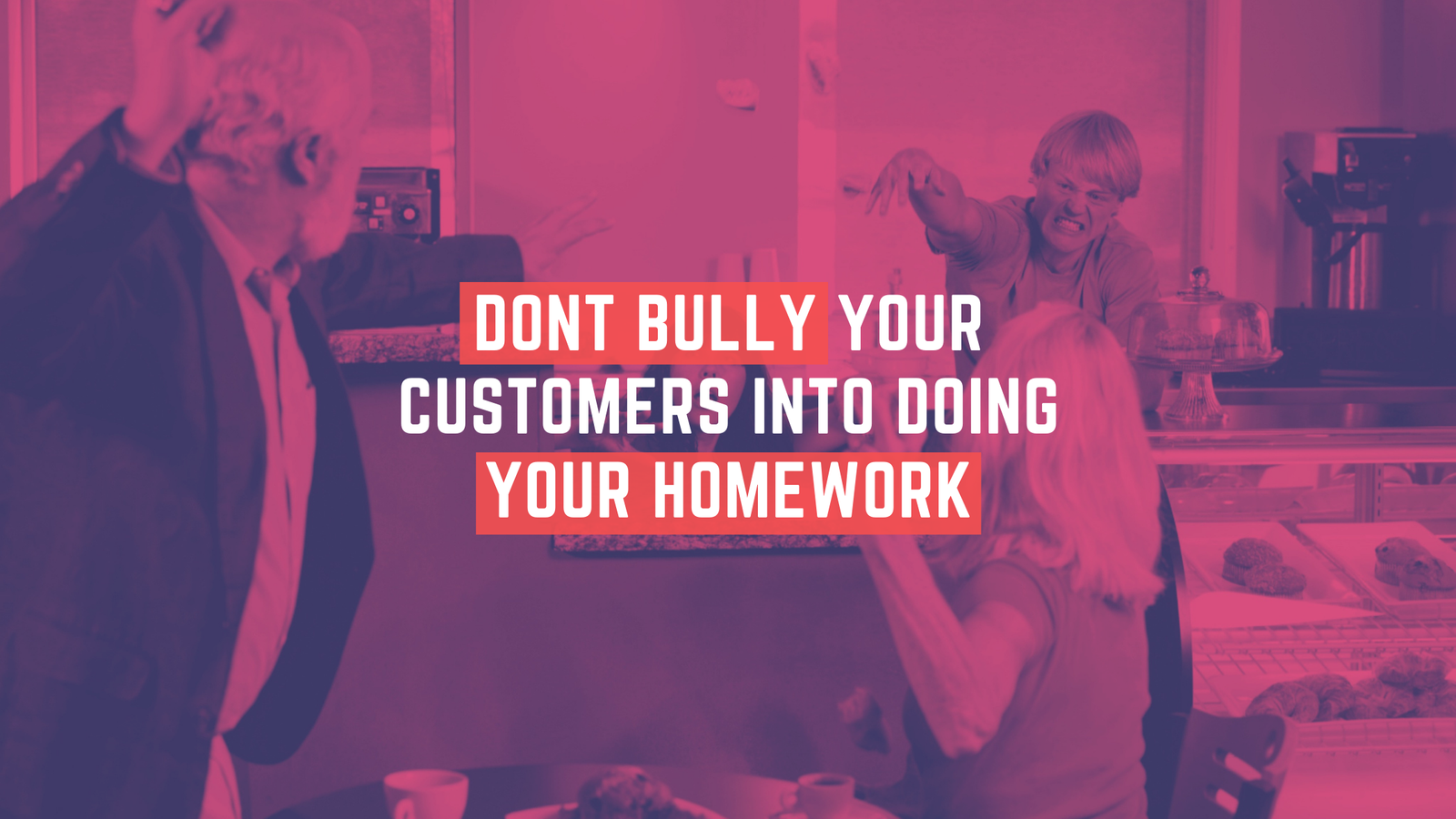The 1st Monday in September is celebrated as Labor Day in US. It is a federal holiday to recognize the contribution and achievements of laborers to the development of this beautiful country.
Of course, any federal holiday spells as a “Opportunity to sell” in the retail world and you would see a majority of stores offering discounts and deals.
My story starts a week before the Labor day holiday when I visited a major consumer electronics retailer to purchase a second monitor to make my work-from-home multitasking life simple. I realized I was only a couple of days away from Labor Day and the store in question would be offering a discount on almost everything under their roof. The name of the organization suggests it is the best place to buy electronics their code of ethics suggests that they strive to be at their best in every decision every day.
I was at checkout (in store) and asked the salesperson, “Labor day sale starts in 5 days, What happens if the price of this Monitor drops?”
The response was a reassuring statement, “If the price of this monitor drops, you can come into the store or reach out to customer care and request a refund for the difference, we would honor the new price and pay you back.“
This sounded like a perfectly reasonable response, the company was willing to pay me back if they dropped the price as long as I came back and asked for it. This is the moment I was most disappointed and felt this was a classic missed opportunity.
As expected, the monitor I had bought dropped its price on Labor Day however I could not visit the store to claim a refund due to some other commitments.
This is when I wondered, why did the retailer even expect me to come back to claim a refund in the first place instead of leveraging technology and some “empathy” to proactively reach out to the customer and say,
“Here is your refund, you overpaid and you are eligible to get this back”.
The company in question had recorded $42 Billion in sales revenue in 2019 and around $1.4 Billion in Net Income. It is important to make a note of these numbers to understand that we are not talking about a standalone retailer with no access to technology and CX consultants. To make things worse, I am a rewards program member with this retailer and they have all my details on record. All they have to do is run the Algorithm of Customer Delight.
I will cover the Algorithm of Customer Delight right after my next example from another major clothing and accessories retailer.
My primary reason for buying from this retailer is the quality of their clothes. I feel they meet my expectations most of the times in terms of durability and style. However, I would not call myself as a loyal customer or a fan of this organization and the primary reason is the amount of home work they expect me to do.
Look closely at the image below from their home page, which proactively informs me about the 3 offers they are running. Each of those offers is extending discounts and requires me to either “Tap to Apply” or use a code at Checkout.

It also means I would not get these deals if I do not “Tap to Apply” or use the special codes at checkout. The same logic applies even if I am a rewards program member. I can say this happens based on my first-hand unpleasant experience and felt there was so much room for improvement.
I wonder why? Why would they even expect the customer to type some code or tap to apply a discount?
Why not just offer it proactively and mean it? Why make the customer feel like they paid more when they could have bought it for lesser?
What is more important, the customer’s experience and brand perception or saving the discount if the customer did not realize they were eligible for one?
Such are the moments in your customer journey that need to be run past the Algorithm of Customer Delight.
Convert Indifference to Joy by leveraging Empathy & Surprise
– Amit Gupta
I consider the examples above as improvement opportunities for these brands and any one else that follows similar practices. Don’t bully your customers into doing things, which you could do for them. Make life simple for everyone, we all deserve it.

A quick search on Google for the term “Bullying your customers” gave me over a million results. Disappointingly, the top articles are only talking about the Customer as a bully.
It gives me an impression that this subject has not received the attention it deserves or we need to perform better SEO. Whatever it is, the only thing we should care about is that Organizations can end up bullying their customers too. In most cases it is not intentional but an oversight.
As Experience designers and strategists, it is our duty to uncover such moments that matter and convert them to opportunities for our customers to say “Wow, I love these guys, they really care for me”. Remember all the tools and technologies at your disposal can deliver any CX you want them to, the effort and solution lies within your intent.
History knows many leaders will look away from this post and say, we won’t do this, we have shareholders to please. We cant do this because of < weird reasons list>. However, these are the moments that can differentiate between great CX and poor CX, these are the opportunities visionary leaders will grasp to put their money where their mouth is and “Deliver Customer-Centric Experiences”

